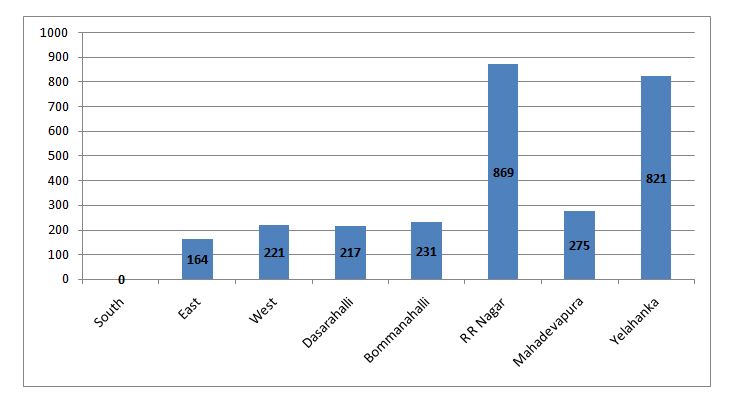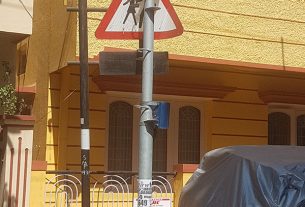Almost 3,000 households in Bengaluru do not have toilets
Bengaluru, Oct. 11, 2018:
A recent survey by the Solid Waste Management (SWM) Department of Bruhat Bengaluru Mahanagar Palike (BBMP) reveals that 2,798 households in the city of Bengaluru do not have sanitation facilities.
The survey was conducted to enlist the number of households that have applied for the construction of free toilet under the Individual Household Latrine (IHHL) scheme of the Government’s Swachh Bharat Abhiyan. The scheme allows for construction of toilets with a cost allocation of up to Rs. 12,000 which will be divided between the Centre and the State. The official website for Swachh Bharat Mission states Central share for IHHLs to be Rs. 7200/- (60%) from Swachh Bharat Mission (Gramin) and the State share to be Rs. 4800/- (40%).
Out of 4,429 houses that applied under the scheme, 1,247 were rejected on the grounds that they already had some kind of latrine in their houses, no matter how insanitary or dilapidated.
Comparing all the eight wards in Bengaluru Urban, it is seen that Rajarajeshwari Nagar or RR Nagar has the most number of households without latrines.
Comprising 31 percent of the list RR Nagar has 869 houses enlisted for the IHHL scheme – due to be completed within the next month.
On the other hand, the South Zone has zero number of houses on the list. This may be vaguely related to the fact that all the Mayors and Deputy Mayors of Bengaluru Urban for the past few years have been elected from the South Zone only.
Here is a chart comparing the number of households without toilets in each ward:

According to the graph, RR Nagar and Yelahanka have the highest number of houses registered under IHHL scheme. What must be kept in mind is the number of public toilets in these two wards, since without toilets in their house people use the public ones.
According to the BBMP site, RR Nagar ward and Yelahanka ward has 19 public toilets each, whereas South ward has a total number of 174.
Moreover, those 1,247 household that were rejected from the IHHL scheme may pose a bigger problem. According to Sri K. Siddegowda, Chief Engineer SWM the houses that were rejected either had insanitary or pit latrines, or dilapidated latrines that could be fixed with a small amount of money.
The government scheme for free toilet construction is exclusively for those households that completely lack any kind of facility. However, these pit latrines, also called dry latrines, were prohibited under the 1993 Act of Employment of Manual Scavengers and Construction of Dry Latrines Prohibition Act, and under The Prohibition of Employment as Manual Scavengers and their Rehabilitation Act, 2013.
Dr. Kishore Kumar, MD says, “Households without proper toilets face a challenging situation daily. For such households, the only recourse is using public toilets, or open defecation, which in it self is a unhealthy and unhygienic practice. The city administration should step in to construct toilets under the government’s sanitation program.”
The goal of the Karnataka Ministry is to declare the state Open Defecation Free (ODF) in November, only a month from now. But the facts and survey reports indicate that this would be difficult to achieve.



